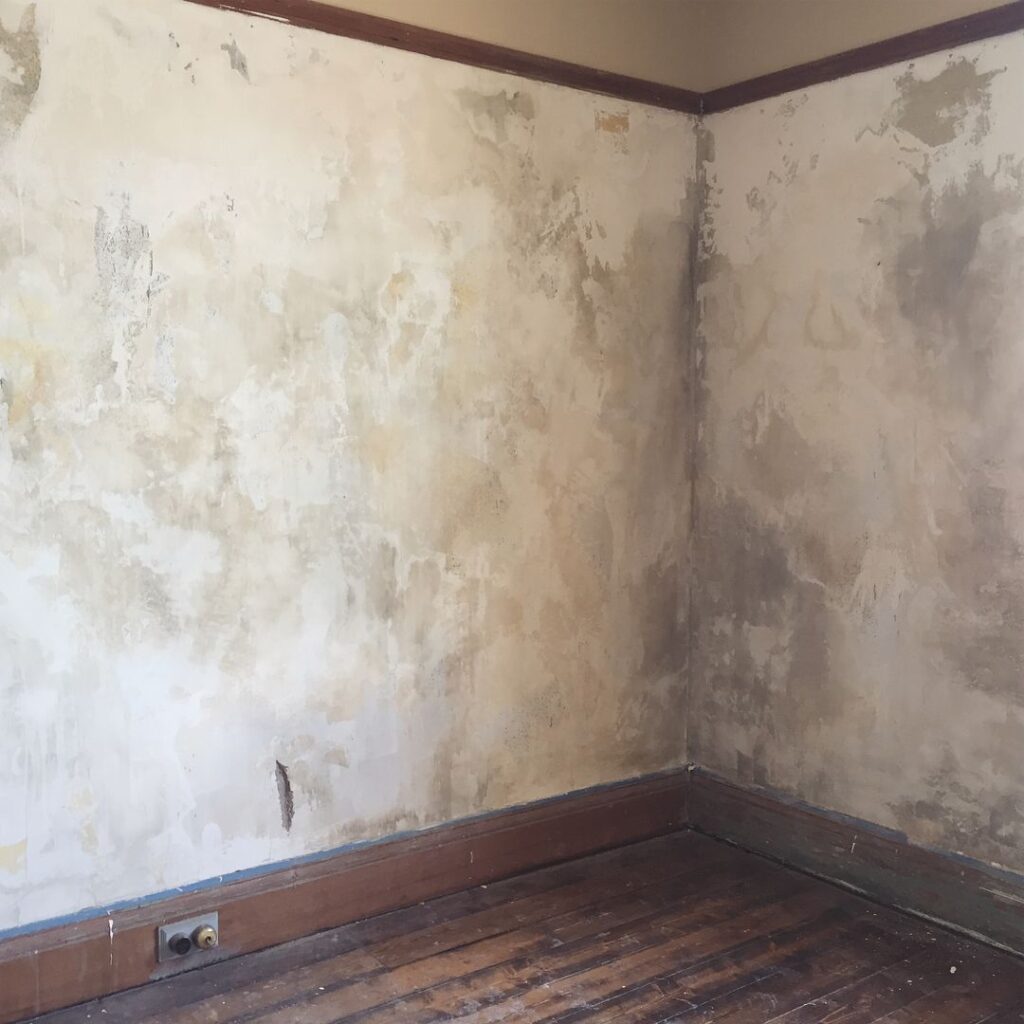
How to master the french wash painting technique by following these simple steps.
Antique old furniture, shelves, plaques and other wood items using the French Wash Technique. This particular technique is one I use to refurbish wooden items I have found at local thrift stores, garage sales and auctions.
The French Wash Painting Technique uses three colors of paint, sandpaper and sealer. I prefer spray paint due to the ease of application. Choose three colors for the project. I suggest using a dark, medium and light color such as brown, light rust and ivory.
Old wood items normally have a stain and sealer or a painted surface. Prepare the surface by sanding the entire piece with 120-grit sandpaper. The sandpaper creates small grooves in the finish to hold the application of the new paint. If the painted surface is not a color you desire, remove the paint with a paint stripper. A step within the French Wash Technique sands through the layers of paint.
Wipe the sanded wood item down with a damp cloth or with a tack cloth to remove sanding dust. My preference is a tack cloth. A tack cloth is a special cloth that is sticky on both sides. It is available in the paint or woodworking department at home improvement centers. Allow the wood to dry completely if a damp cloth is used to remove the sanding dust.
Apply the darkest color of spray paint to the sanded surface. Hold the can approximately 12-inches from the surface. Apply the paint using a side-to-side motion. Allow the paint to dry 15 minutes. Apply the medium colored spray paint next. Allow the paint to dry 15 minutes. Apply the lightest color last. Allow the spray paint to dry two to three hours before continuing. The longer length of time is needed to allow the spray paint to cure.
Sand the edges and raised decorative adornments on the surface of the wood item to reveal the darkest paint. Sand the flat surfaces of the item following the grain of the wood to scratch the top coat of paint to reveal the medium color. Stop the sanding process when the project looks good to you. There is no right or wrong amount of paint to remove. When the object becomes visually appealing to you, stop sanding.
Wipe the entire project down with a tack cloth to remove the sanding dust. Apply three to four layers of spray acrylic sealer to protect the painted surface.
Thank you for reading this article! If you have any further questions about this topic please contact us.
